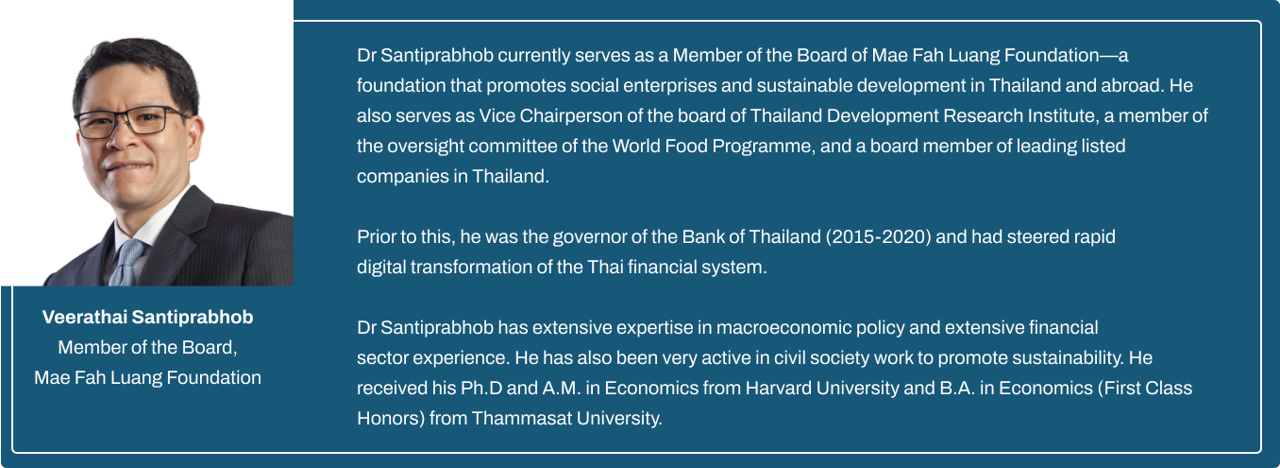“I believe all the hype about COVID-19 is way overblown. And even if some of it is true, life must go on. So, let’s take a few precautions but continue as normally as possible, and hope for the best.”
These were the words of a CEO to his staff while almost everyone else was hunkering down in social distancing.
“We will make sure there are plenty of masks and hand -sanitisers available, but life and business must go on. This is the time for courage,” he said proudly while arguing against cancelling a planned 100-person strategic planning offsite.
It took a strict lockdown order from his government for him to cancel the offsite while almost every other public gathering in town had already been cancelled or postponed voluntarily. Was he deliberately trying to push his people in harm’s way? Probably not. He was just inadequately informed about the facts of the situation. And had he considered the impact on his business if a significant number of his senior team members got infected? Clearly not, pointing to the fact that he wasn’t even fully skilled or knowledgeable about risk management and business continuity, both of which are key responsibilities of CEOs particularly in times of crisis.
This CEO’s approach is one of four typical responses we see in a crisis. He falls in the category of people who have low crisis readiness and take negative action. In the matrix below, he would be Type 1: The Dangerous Dunce.
An important point to note about the horizontal axis of the matrix before we proceed any further: For crisis readiness to be considered high, both business skill and knowledge about the facts of the crisis must be high. If someone is inadequate in either or both of those areas, he/she would be placed in the Low Crisis Readiness quadrants. In the Dangerous Dunce quadrant for example, negative behaviour can be a result of inadequacy in one or both.
Type 1: The Dangerous Dunce
Our over-enthusiastic CEO above was a dangerous dunce because of his low level of understanding about the facts and impact of the crisis. Another variant is someone who perhaps understands the crisis but has low business skills or competence. He almost gets paralyszed by the outbreak of the crisis,; and wastes a lot of time simply doing nothing. When he finally does spring to action, instead of using the opportunity to carefully prepare the organiszation for when normalcy returns, he indulges in knee-jerk reactions that might cause long-term harm to the business. Someone making drastic cuts in R&D or talent development to meet short-term profitability numbers would be an example.
Type 2: The Calculating Opportunist
he Type 2 respondent has adequate skills and knowledge in both areas, but instead of rising to the challenge of much-needed steward leadership, he tries to take advantage of the situation by resorting to opportunistic negative behaviour. Take Koh, who operates a small chain of pharmacies. Smelling an opportunity, he starts hoarding masks, hand sanitisers and disinfectants, and as people rush to buy them, jacks up prices 10-fold. While the crisis is life-threatening to the rest of the world, for him, it’s a life saver.
Type 3: The Caring Fool
Henry, Country COO at a hospitality company, was known for his compassion. Last week, he received a frantic call from Jose’, one of his expatriate employees who had been stuck at the airport for the past three days. Immigration was not allowing him to leave because he had just arrived from a country with one of the highest COVID-19 infection rates. Henry managed to work with authorities and get Jose’ out, but as per the country’s COVID-related guidelines, arranged for Jose’ to stay at a section of the company’s hotel that was cordoned off as a quarantine bay for people returning from overseas.
However, three days into the required 14-day self-quarantine period, Jose’ began requesting Henry to let him go home. “My wife does not speak the local language. She is very scared alone at home with our little son. Please let me go home,” Jose’ pleaded. Being the good Samaritan that Henry was, he allowed Jose’ to go home, putting the wife and son, and the rest of the residents of his condominium at risk.
Type 4: The Steward Leader
Type 4 is obviously what we need, particularly in a crisis as devastating as the current one. Steward leadership is the genuine desire and persistence to create a collective better future.
Having the right level of business skills and crisis knowledge is no guarantee for positive action. We’ve seen many examples of extremely smart and talented people that end up compromising their ethics and integrity under pressure, or when confronted with an opportunity to make huge gains.
Steward leadership is as much about consistently living the right values as it is about competence. Consider Jacinda Ardern, the 39-year old Prime Minister of New Zealand. Her response to the horrific Christchurch shootings was a great example of business skills (the business of running a nation’s government in this case) as well as of living the right values. Not only did she show up respectfully with genuine compassion, she also changed the country’s gun ownership laws in record time.
When confronted with a crisis, steward leaders ask themselves two questions:
- How does this situation fit within our overall mission and purpose? Is it worth fighting for? (the ability to answer this question correctly depends on overall business skill and competence to understand the bigger picture context)
- If we acted according to our values, what would we do? (the ability to answer this question correctly depends on one’s clarity and conviction in a set of shared or personal values)
Let’s take a closer look at values-based behaviour, because that is usually harder than developing business skills, and even more needed in times of crisis. Like Prime Minister Ardern, the automatic response of steward leaders in any situation, is to act according to a set of values they believe to be right and noble. The key word here is automatic. Steward leaders act in accordance with the right values without thinking, analysing or calculating cost-benefits.
When asked how they will respond to an ethical dilemma in business school classes, most students give the right answer. But do they also choose the right action when actually confronted with a crisis or temptation?
To be a steward leader, one must make values-based behaviour an automatic response. This takes work but can be done with some patience and grit. We have developed a framework for how you can begin your steward leadership journey.
With this muscle memorythe Stewardship Compass, you will now defeat crises rather than the other way around.
So, which quadrant you do you aspire to be in?
Posted 31/01/2023

















